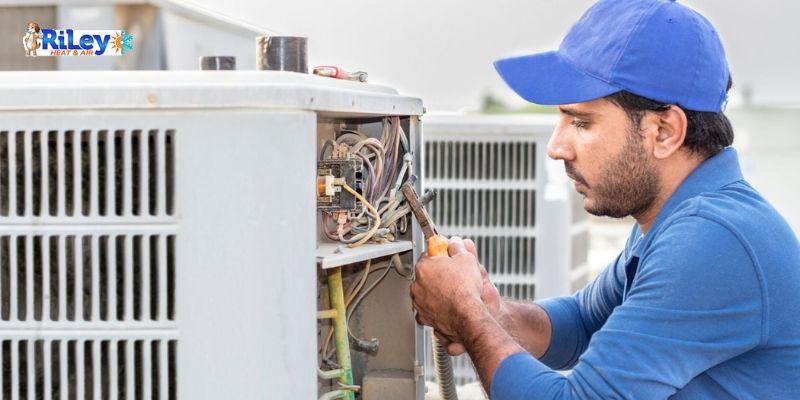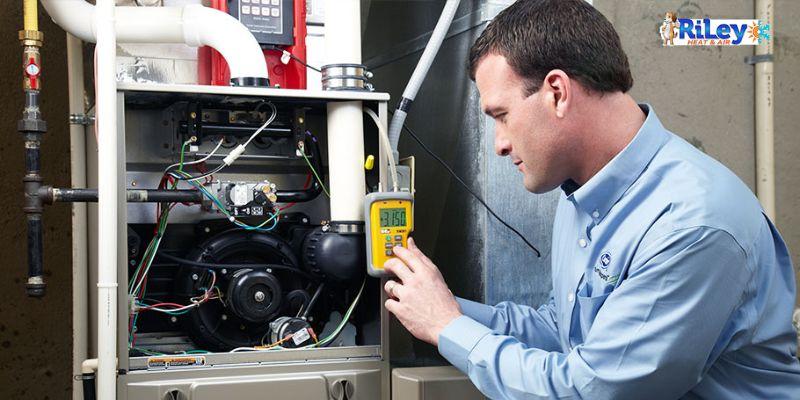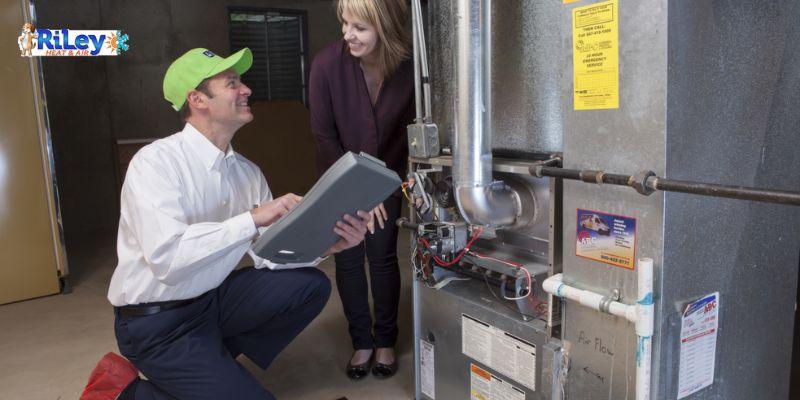
How to Prevent Carbon Monoxide Leaks in Your Furnace?
Most homeowners need to pay more attention to the ongoing problems in their HVAC units. They need to be more knowledgeable about many things, including gas leak problems in their furnace system. But, it is crucial to observe your heating and unit to ensure it is working as well as it should, especially if you are approaching a cold winter.
You can check for many things that might go wrong in your Furnace, including Carbon monoxide. The chemical substance is a harmful gas that is dangerous to health when it leaks from your furnace heater. However, there are prevention tips that you can implement to avoid Carbon monoxide leaks, as seen here:
1. Install Draft Inverters Adequately

Your Furnace's draft inverters can only operate properly and prevent gas leaks with proper installation. So, you must properly cover up your air intake if you also have inverters. For instance, if you have a good inverter and install them poorly or mount them near high-temperature spaces, it can increase the chance of harmful gas leaks. It would be best if you allow a professional to do the job and inspect them yearly to guarantee your safety.
2. Be Watchful for Symptoms of Carbon Monoxide
Carbon monoxide is a poisonous compound with symptoms such as confusion, flu-like problems, chest pain, and irregular thudding in the heart. Carbon monoxide leakage is nothing to joke about as they are usually life-threatening. Once you notice them or show symptoms, involve 911 immediately. Calling for professional inspection is better than enduring symptoms that might risk your health. Also, avoid using an electric oven or a gas to warm your home if you have already suspected harmful gas leaks, as they can become more dangerous.
3. Change Filters from Time to Time

If you have used your Furnace for years or are near its expiry date, you should replace filters monthly. But, if your furnace unit is still brand new, you can consider changing filters twice annually. However, if you have a dirty filter even with brand new furnace installation, it can slow down the Furnace's efficiency. So, you will need to replace them to avoid poisonous gas leaks.
4. Inspect the Furnace For Carbon Monoxide Leaks
Most furnaces will not show signs of carbon monoxide leaks for up to half a decade. But this should be the best time to find out if the installation process was just too perfect or if you are missing out on things you cannot see. You can hire a professional to help you check your Furnace for harmful gasses by using a CO meter. They can use this tool to check for the number of harmful chemicals in all the rooms available in their home. You can also check for carbon monoxide leaks by yourself, as a CO meter is available for homeowners to purchase at local hardware shops
5. Tune Up Your Furnace Annually
To see your Furnace running at its best performance, you must tune it up every year. You can also fix or replace the air filters during the tuneup and lubricate the furnace motors. If you have hired a furnace service professional to check for poisonous gas leaks through CO tools, they can also help you with the furnace tuneup. Suppose you need to track the last furnace tuneup you did; get a professional as quickly as possible so that you can find out about other furnace problems and repair or replace them before they get out of hand or stop operating completely.
6. Clear Out Debris from Vents
If you have a clean furnace without inhaling carbon monoxide leakages, you must clean your vent frequently. The Furnace will function at its highest peak when the vent is free from grime and other debris. Carbon monoxide leaks might occur only when dirt accumulates on vents. Therefore, If an unusual smell comes from your Furnace, ensure you leave your doors and windows open for fresh air to incorporate the indoor odor before furnace service professionals arrive to check the problem. Also, replacing dirty air filters can help avoid poisonous gas leaks.
7. Implement Yearly Chimney Inspection and Cleaning
During cold winter seasons, you can only keep warm by your fireplace. But, If you have yet to prepare for this season, many things can go wrong. Carbon monoxide leaks are dangerous problems you will likely face when your chimney lacks proper maintenance and inspection. Before another winter season meets you, you must implement inspection and cleaning of your chimney. You can monitor blockages and check for smoke escape routes through damaging cracks and unusual holes in the chimney. Ensure you hire a professional to patch up problems on your chimney, and try not to make it DIY work.
8. Make Sure You Turn the Gas Source off before Working on Chimneys or Furnaces
Working on your chimney or Furnace with an active gas source is risky. When you do this, you can risk your life as there can be gas leaks, leading to deadly explosions. Therefore, avoid fixing your gas leak problems by yourself. Instead, allow a professional to take up the responsibilities as they have the skills and experience you lack.
9. Use a Metal Cover on Chimney Pipes
You can avoid poisonous gas leaks when installing metallic covers to shade your chimney pipe. Some Carbon monoxide leakages come from chimney holes. So, when you pull or push down to cover the pipes, you can prevent it from happening.
Conclusion
You and your family can stay safe while keeping warm in the cold months. There are so many tips you can now consider to avoid Carbon monoxide leakages. Asides from the poisonous problems these compounds cause, they can also cause explosions if you are not careful. Leave your gas leak issues to professionals. Try as much as you can to know a furnace service specialist near your region that can assist you with your heating and cooling issues, Carbon Monoxide problems, and other plumbing services.
COMMENTS
LEAVE A COMMENT







The article on preventing carbon monoxide leaks in my furnace was beneficial. Before reading the post, I was unaware of the potential dangers of carbon monoxide leaks and how to avoid them. The article provided valuable insights into the causes of carbon monoxide leaks and practical tips on preventing them. Thank you for providing this vital information on your blog.